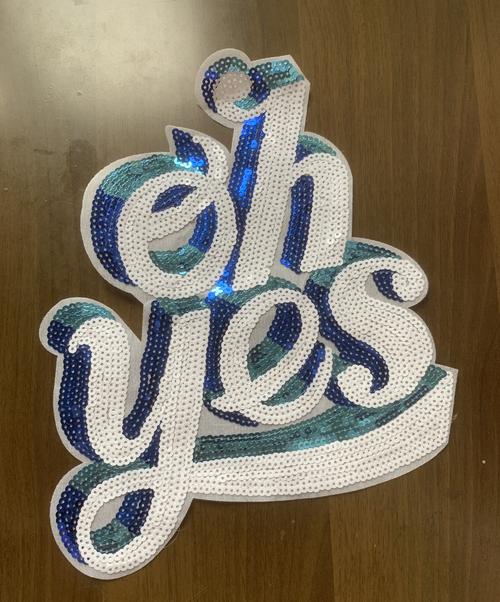Tone on Tone Embroidery: A Detailed Guide
Embroidery, an art form that dates back centuries, continues to captivate craft enthusiasts and artists alike. One particular technique that has gained popularity is tone on tone embroidery. This method involves using thread colors that are very close in shade to the fabric, creating a subtle and elegant look. In this article, we will delve into the intricacies of tone on tone embroidery, exploring its history, techniques, and the materials required.
History of Tone on Tone Embroidery
While the exact origins of tone on tone embroidery are unknown, it is believed to have originated in the Middle East and Europe during the Renaissance period. This technique was favored by artists and artisans due to its ability to create intricate designs without overwhelming the viewer. Over time, tone on tone embroidery has evolved and is now a popular choice for both traditional and contemporary projects.

Techniques of Tone on Tone Embroidery
Creating a successful tone on tone embroidery project requires a keen eye for color and a steady hand. Here are some key techniques to keep in mind:
-
Choose the right thread and fabric: Select a thread color that is as close to the fabric color as possible. This will help create a seamless look. Similarly, choose a fabric that complements the thread color and has a smooth texture to ensure the embroidery lies flat.
-
Start with a light touch: When stitching, apply minimal pressure to the fabric. This will help prevent the thread from pulling too tight and creating an uneven look.
-
Use a small hoop: A small hoop will help keep the fabric taut and prevent the embroidery from becoming distorted.

-
Experiment with different stitches: While the basic running stitch is commonly used for tone on tone embroidery, you can also experiment with other stitches such as the French knot, backstitch, and stem stitch to add texture and depth to your design.
Materials Needed for Tone on Tone Embroidery
Before you begin your tone on tone embroidery project, gather the following materials:
| Material | Description |
|---|---|
| Embroidery Thread | Choose a thread color that is as close to the fabric color as possible. Cotton, silk, and wool threads are popular choices. |
| Embroidery Fabric | Select a fabric with a smooth texture, such as cotton, linen, or silk. The fabric color should complement the thread color. |
| Embroidery Hoop | Use a small hoop to keep the fabric taut and prevent distortion. |
| Embroidery Needle | Select a needle size that is appropriate for your thread and fabric. A sharp, embroidery-specific needle is recommended. |
| Embroidery Scissors | Keep a pair of sharp embroidery scissors handy for trimming threads and fabric. |
Designs and Patterns
When it comes to designs and patterns, the possibilities are endless. Tone on tone embroidery is perfect for creating delicate floral motifs, intricate lace patterns, and subtle geometric shapes. Here are a few ideas to get you started:
-
Floral Motifs: Create delicate flowers, leaves, and vines using a variety of stitches.
-
Lace Patterns: Use a combination of running stitch, French knot, and backstitch to create intricate lace patterns.
-
Geometric Shapes: Experiment with circles, squares, and triangles to create a modern and abstract design.
-
Textural Elements: Add texture to your design by incorporating different stitches and thread thicknesses.
Final Thoughts
Tone on tone embroidery is a beautiful and versatile technique that can add a touch of elegance to any project. By following the tips and techniques outlined in this article, you can create stunning embroidery pieces that will be cherished for years to come. So, grab your materials and start stitching your next masterpiece!










